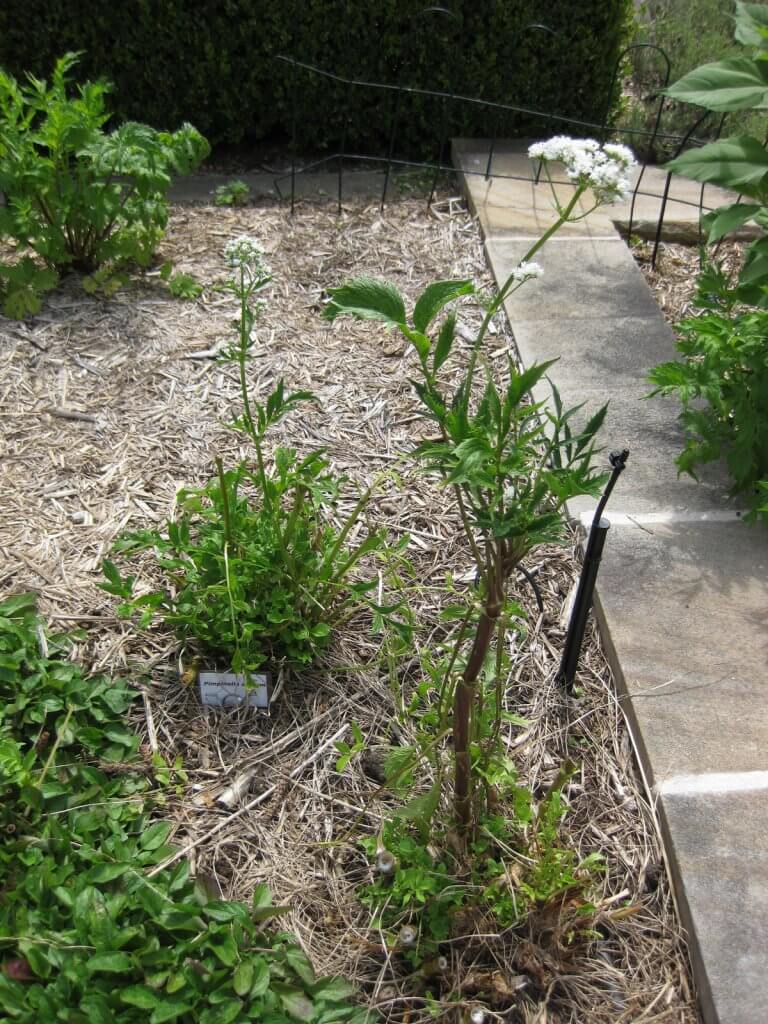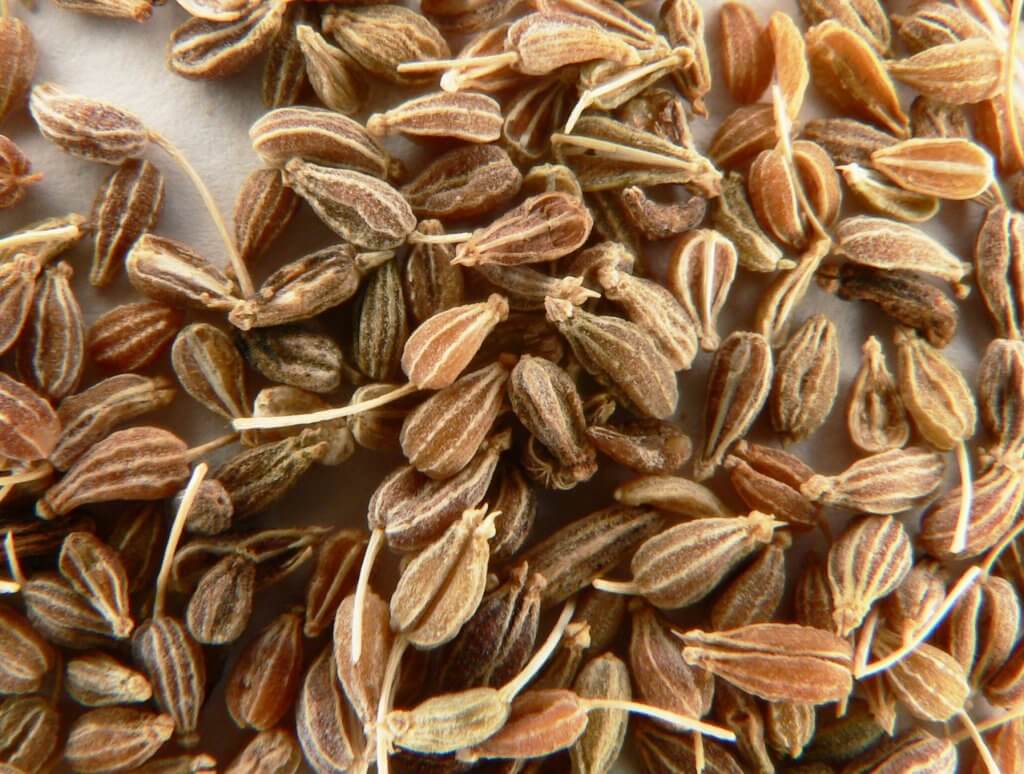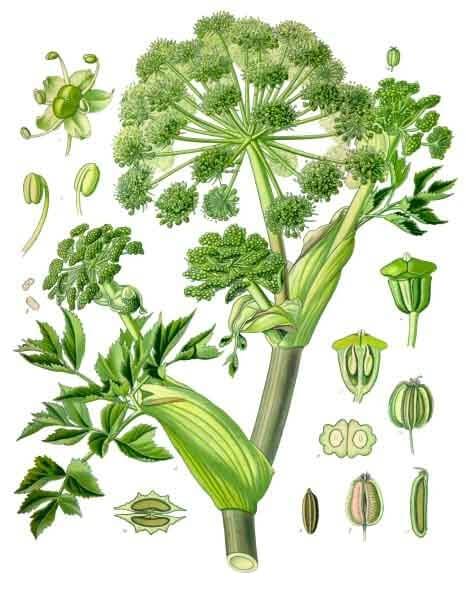
Anise (Pimpinella anisum), not to be confused with its popular Chinese cousin star anise, is a herbaceous annual plant with a particularly sweet, liquorice like flavour. Growing to a maximum height of about 3ft, it features a long stem with feathery leaves towards the top and small broad leaves at its base. When flowering from early to mid-summer, its small flowers are either yellow or white and form an umbrella like cluster.
Another popular name for anise is aniseed, which is actually the name given to its fruits. Native to Southwest Asia and the Mediterranean, anise can now be found in herb gardens and fields across Europe.
Cultivation and History of Anise
Anise is currently cultivated primarily for its fruit, or aniseed. It is grown commercially across the Mediterranean for its use in flavouring liquors like Ouzo, Sambuca and Absinthe. However it has a long history of being cultivated for its medicinal and culinary properties.
You can plant the seeds directly into the soil in spring, or they can be sown a little earlier if you keep them indoors. Anise typically does not fare very well when transplanted, so it is best for you to plant any seedlings as soon as the weather is suitable. Ensuring it is in a position where it will not need to be moved. Seeds are normally harvested towards the end of summer, from July until September. It grows well in sunny spots with well drained soil and often develops more successfully if planted along side coriander.
Ancient Egyptians are considered the first to have cultivated anise and as word of its medicinal value spread, it too began to spread across Europe. Today many gardeners choose to grow anise for its ornamental value and for its use of flavouring.

Toxicity
When used within foods and liquors anise has no toxic value. Its consumption as food is safe for children and pregnant and breast feeding mothers, however it is generally recommended that these groups do not use Anise as a medicine. Anise oil should not be consumed in large doses as it could cause neuronal poisoning. Symptoms of neuronal poisoning being headache, seizures and numbness.
Uses
Culinary uses of Anise
From salads and soups, to garnishes and curries, the seeds and oil can add a wonderful sweet and delicate, liquorice like flavour to your dishes. You can also use the seeds in various herbal tea flavourings, liquor and cordial production. A number of sweets and confectionaries like aniseed balls and humbugs also use anise flavoring. The seed is also popularly used in a number of baked goods like biscuits, cakes and breads to add a sweet aromatic flavour.

Medicinal uses of Anise
Anise has been used throughout history to ease the symptoms of IBS, abdominal cramps and intestinal gas. Other less predominant uses include using anise as a topical treatment for lice and psoriasis. Many have also used anise to treat menstrual discomfort and even increase milk flow in nursing mothers.
The Romans once used anise as a flavouring in spiced cakes that were served at the end of a feast. The cakes were used to aid any intestinal discomfort and flatulence.
Did you know…
Oil of anise was sometimes applied to metal parts and bearings within steam locomotives. It was hoped that if they began over heating the strong, aromatic smell of anise would pre-warn drivers and engineers of the issue.
Conclusion
Anise would make a great addition to your herb garden. Its delicate and ornamental shape and flowers add a unique texture amongst a collection of traditional herbs. Its talents in the kitchen are a bonus if you love to experiment with different flavours and recipes.
—————Written by Hannah Sweet
Hannah is a freelance writer and graphic designer from the UK. With a penchant for travelling, photography and all things botanical, she enjoys writing about a wealth of topics and issues, from conservation and slow living, to design and travel. Learn more about her writing and design services at www.sweetmeanders.co
Many of our readers find that subscribing to Eat The Planet is the best way to make sure they don't miss any of our valuable information about wild edibles.
See our privacy policy for more information about ads on this site






